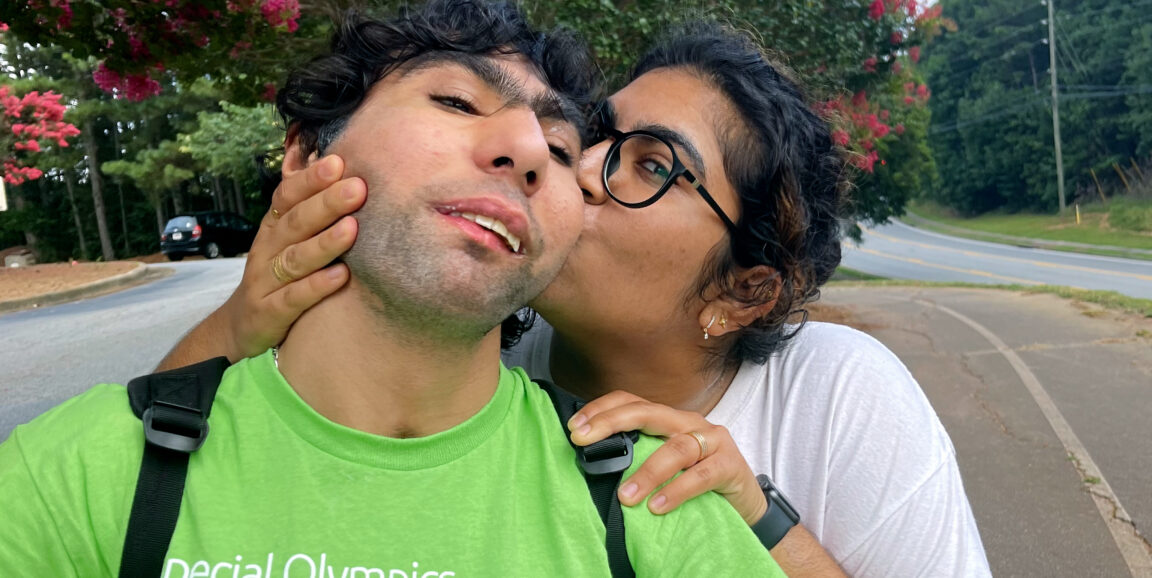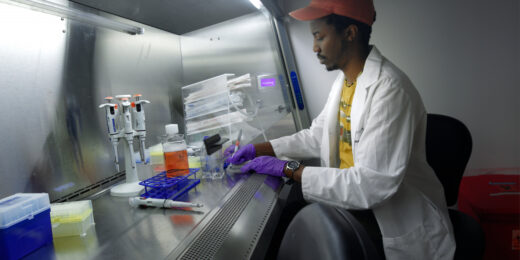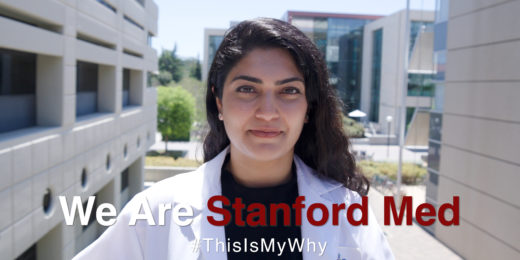In this We Are Stanford Med series, meet individuals who are shaping the future of medicine. They hail from all over the globe and come to Stanford Medicine carrying big ideas and dreams.
The daughter of Indian immigrants, Binisha Patel grew up speaking English, Hindi and Gujarati at home. But the language she is most fluent in, and the one that means the most to her, is Saaz (pronounced Sahj).
That's the name of her younger brother, who was born with Pierre Robin sequence, a congenital condition characterized by an underdeveloped jaw which renders him unable to speak. Saaz is the special language she created that involves a mixture of American sign language, an adaptive and accessible communication device, and different gestures in order to communicate with him.
"We spent our entire childhoods together, and it's always been second nature to communicate with him," Patel says of Saaz, who is two years younger. "My eyes can be closed, with him not even moving, and I can telepathically know that he needs something."
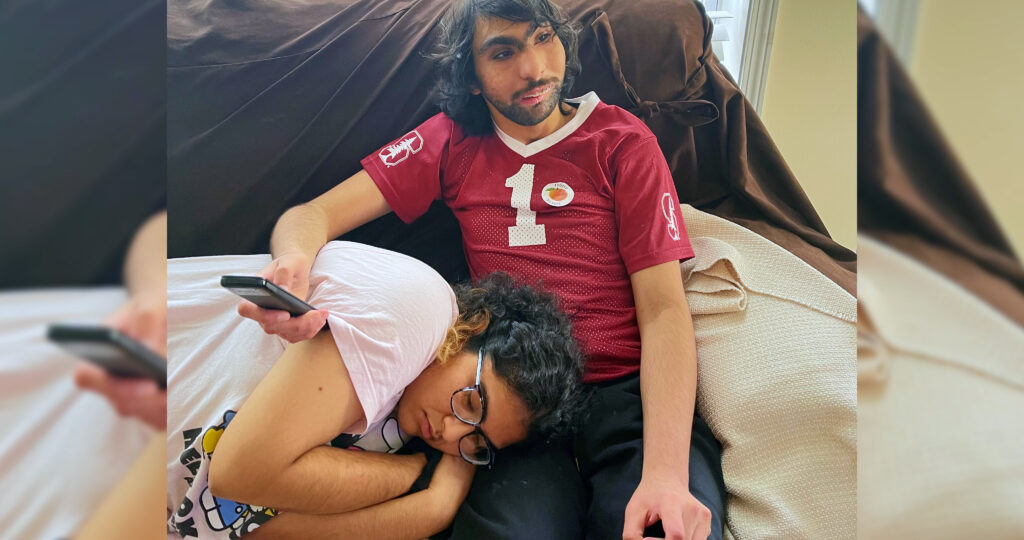
Inspired by Saaz's experiences, often tagging along on his doctor's appointments, Patel was drawn to medicine. She saw firsthand from his pulmonologist the importance of the patient-doctor relationship, especially when communicating health information with her mother.
"He made the effort to make my mom more comfortable and spent a lot of time explaining things to her in a way that was more digestible and palatable," Patel said. "That was something that I picked up on, and I was just like, that's who I want to be."
Patel grew up in Lawrenceville, Georgia, where her family shared a two-bedroom, one-bathroom apartment with three other families. From a young age she understood her family's financial situation, but it wasn't until college that the complexities of being first-generation and low-income became apparent.
She realized her parents weren't in position to help her navigate the U.S. education system and her future. "That's when it hit me," Patel said. "My parents are there to support me so I don't fall, but I have to be the one to lead the way."
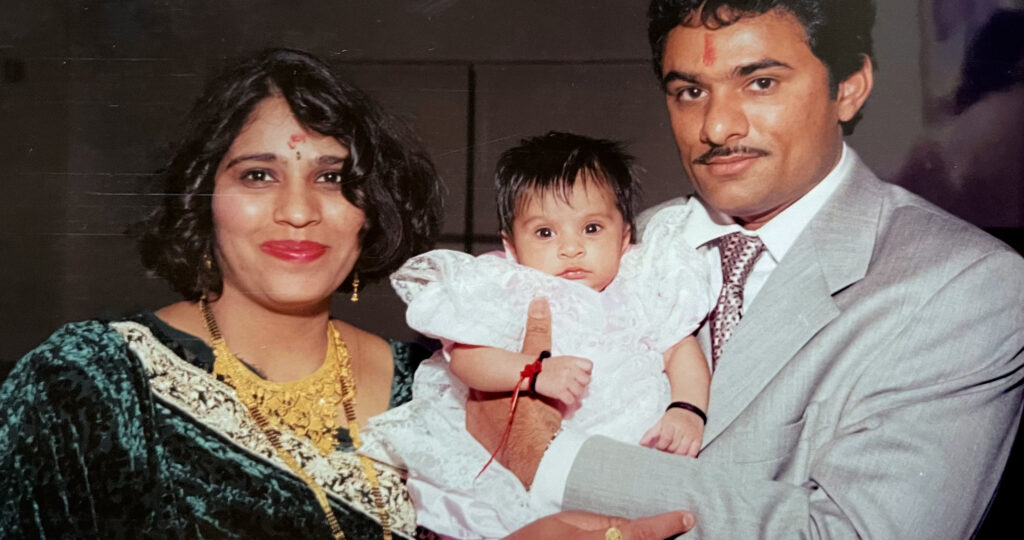
Patel now finds herself at Stanford Medicine, where she is in her second year of medical school and involved with organizations and programs that support students like herself. Through the 1st Generation Mentorship Program, students are paired with mentors who help guide them through their academic journey. She's also one of the co-chairs of FLI@SMS (First-Generation Low-Income at Stanford), a student group under the Stanford University Minority Medical Alliance, or SUMMA.
Having witnessed the importance of compassionate care up close, Patel aspires to be a doctor focused on immigrant families who have children with disabilities. Last summer, she worked with a community partner called Parents Helping Parents, which assists families that have children with disabilities and chronic medical conditions. "Health care, education and social services are so intimately tied when it comes to the well-being of these individuals," she said. "It makes such a huge difference just to be able to talk about that with someone and feel validated."
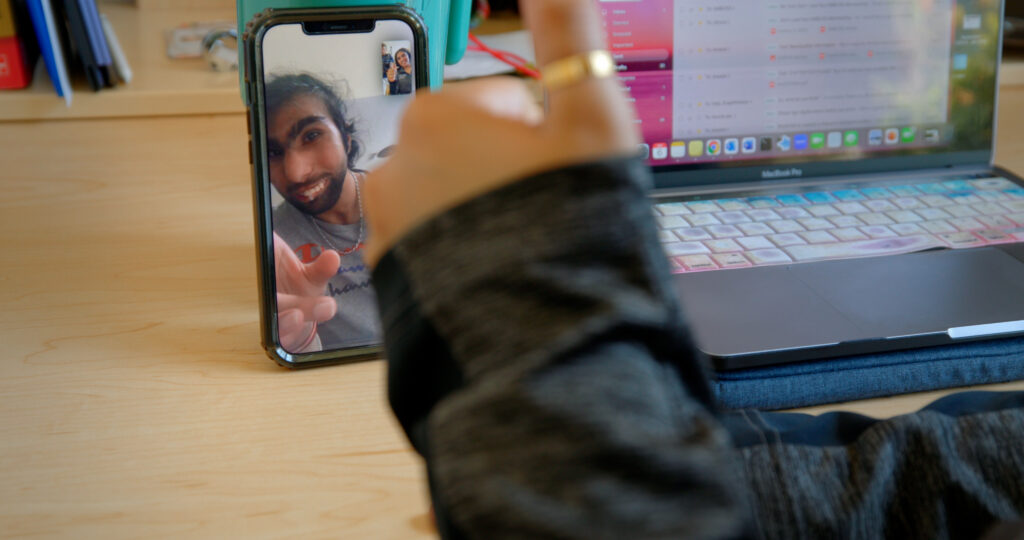
As Patel reflects on her journey, from growing up the child of immigrants without financial means to becoming a medical doctor, she often thinks of the myth of Sisyphus rolling a boulder up a hill.
"That's what it feels like sometimes. I push the boulder all the way, but there's no guarantee that it's going to stay there, and I have to push it back up," she said. "And sometimes it feels like I had to work harder to get the same result." She pauses to reflect on what that brings to her journey. "I think it helps build the grit and character of who I am today."
Read more We Are Stanford Med stories here; and watch the video series here.


